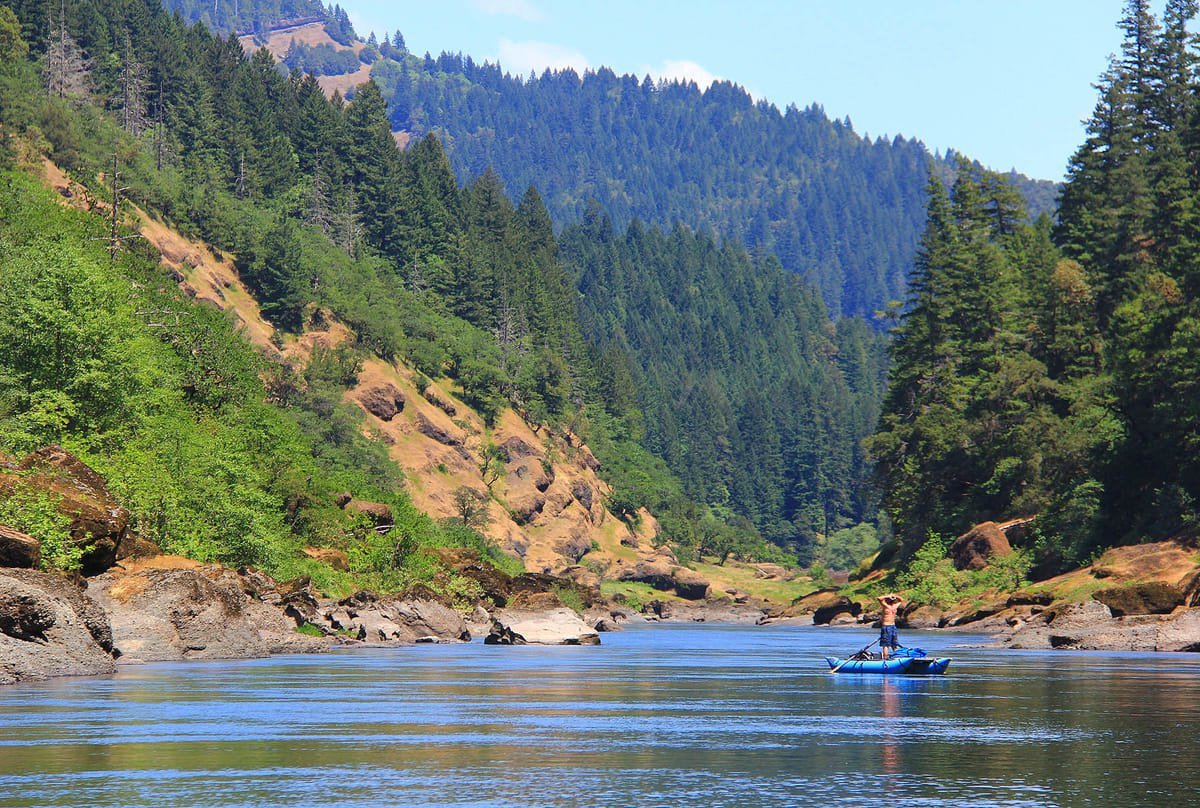Summer is the perfect time for an outdoor summer camping adventure. Whether you’re a camping enthusiast, school goer, young person, or a couple looking for a romantic getaway, the Northwest USA offers a plethora of stunning summer camping sites. From waterfront spots to hilly terrains with forest patches, here’s our top 10 list of summer camping destinations that promise good weather, accessibility, and a touch of adventure.

1. Crater Lake National Park, Oregon
Crater Lake is famous for its deep blue water and stunning views. The park offers several summer camping options, including Mazama Campground, which is perfect for families and adventure seekers. Enjoy hiking trails and scenic drives around the lake.
Most people know about the hike down to the lake and the boat tours, both of which are well worth the time and effort. Walking around on Wizard Island is a tremendous experience.
The prime season for backcountry summer camping or hiking the trails at Crater Lake is mid-July through September. The backpacking window is brief due to lengthy, snowy winters. Low-elevation trails are usually clear of snow by late June, while higher-elevation trails may remain snow-covered until mid-July.
The experience is truly remarkable. Viewing pictures doesn’t capture a manageable scale of the crater. The lake surface sits at 6,178 feet above sea level, with the caldera rim ranging from 7,000 to 8,000 feet. This perspective offers a breathtaking view of the incredibly blue water thousands of feet below. Driving to the Cloudcap summit viewpoint, at an elevation of about 7965 ft, provides a unique vantage point and is believed to be Oregon’s highest paved road. Staying at nearby Diamond Lake, at 5,183 feet, offers a contrasting view, situated a thousand feet lower than Crater Lake. The ascent of about 2,000 feet unveils a vast lake nestled within a mountainous hollow.
In numerous spots, you can pivot and observe distant lands far below the lake level. Enclosed is a photo captured on 9/21/2019, displaying a glistening Upper Klamath Lake, at an elevation of 4140 feet, positioned in the distance, 2,000 feet lower than Crater Lake.
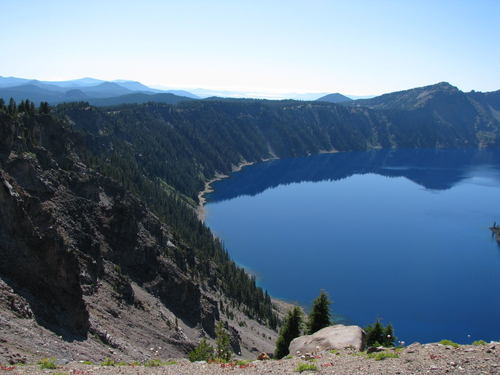
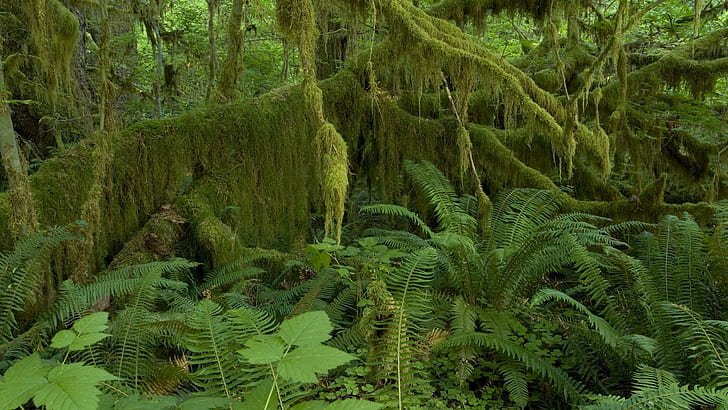

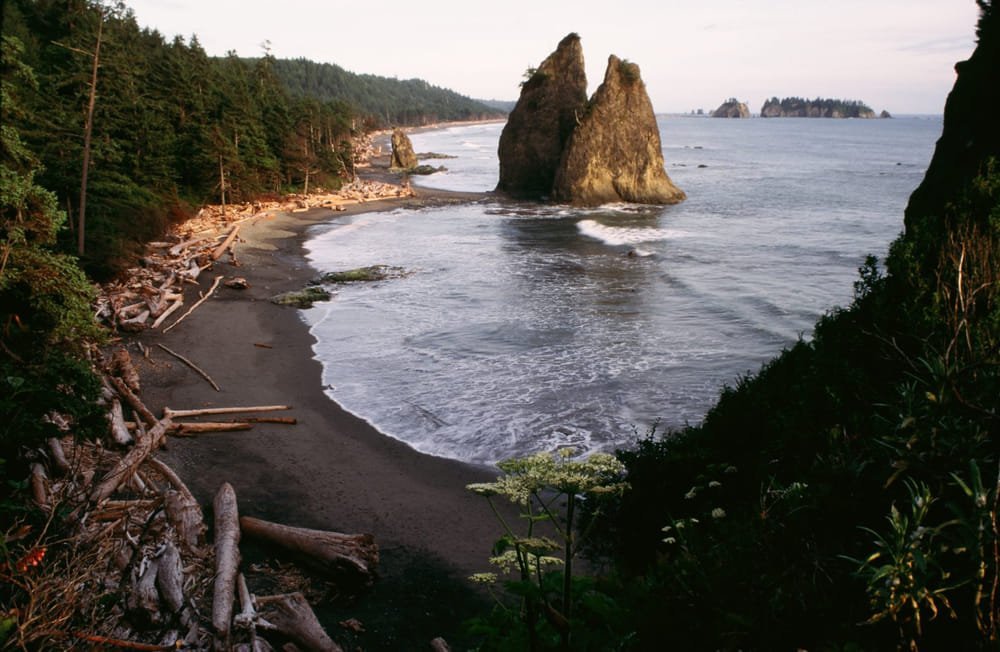
2. Olympic National Park, Washington
Olympic National Park features diverse ecosystems from lush rainforests to rugged coastlines. The Kalaloch Campground offers waterfront campsites, making it an ideal summer camping location for those who love the beach. Don’t miss the hiking trails through old-growth forests.

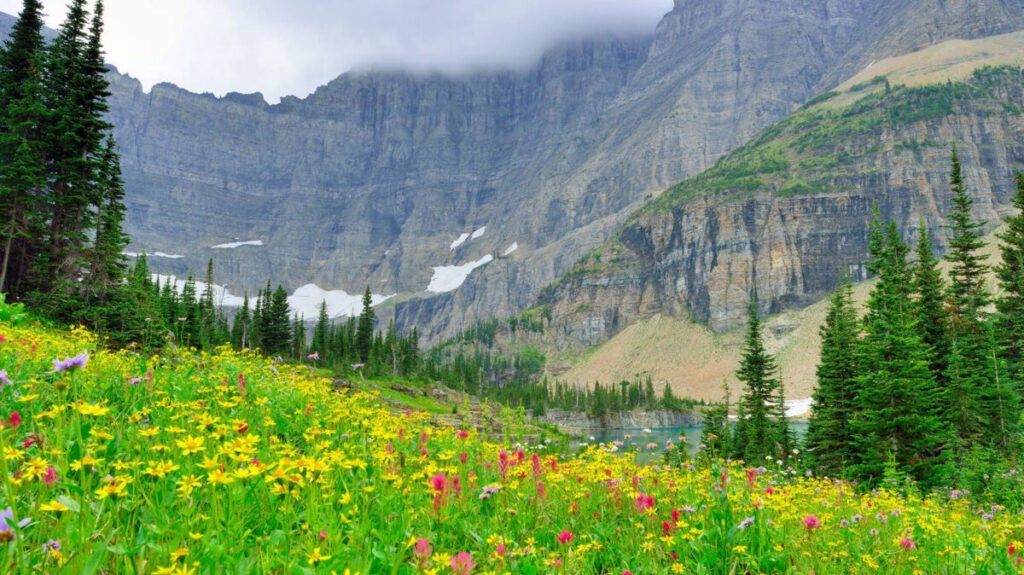
3. Mount Rainier National Park, Washington
For those who enjoy hilly terrain and forest patches, Mount Rainier National Park is a must-visit for summer camping. Cougar Rock and Ohanapecosh campgrounds in summer offer stunning views and easy access to numerous hiking trails.

4. Glacier National Park, Montana
Glacier National Park is known for its breathtaking landscapes and abundant wildlife. Many Glacier summer Camping grounds provides easy access to hiking trails and scenic vistas. It’s an adventurer’s paradise. Visitors can participate in a variety of activities, including hiking, camping, fishing, and wildlife viewing. With over 700 miles of trails, there’s always something new to explore.
Glacier National Park is located in the state of Montana and encompasses over one million acres of land. It was established in 1910 as America’s tenth national park and has been attracting visitors from all over the world ever since. The park is home to numerous glaciers, alpine lakes, and rugged mountains that provide endless opportunities for outdoor recreation.
One of the most popular features of Glacier National Park is its iconic Going-to-the-Sun Road. This scenic drive spans 50 miles and takes visitors through some of the most stunning landscapes in the park. Along the way,

5. North Cascades National Park, Washington
If you’re looking for seclusion and pristine wilderness, North Cascades National Park is your destination. Newhalem Creek Campground offers campsites near water bodies and is surrounded by towering peaks, this makes it an ideal place for summer camping and hiking trail from here. The park boasts over 300 glaciers and numerous waterfalls that can be explored through hiking trails or scenic drives. Some of the popular activities in the park include kayaking, fishing, and wildlife watching.
One of the most iconic spots in the park is Diablo Lake, known for its striking turquoise color from glacial silt. Visitors can take a scenic boat tour to fully appreciate this natural wonder. Additionally, North Cascades offers plenty of opportunities for backcountry camping with over 300 miles of trails to choose from.
For those seeking a more leisurely experience, there are also several lodges and resorts within the park where you can relax and enjoy the stunning views. And don’t forget to stop by the visitor center for information on ranger-led programs and educational exhibits.
But perhaps the best part of North Cascades National Park is its untouched beauty and remote feel. You won’t find crowds and long lines here, just unspoiled nature waiting to be explored. So pack your hiking boots and camera, and get ready for an unforgettable adventure in one of America’s hidden gems.
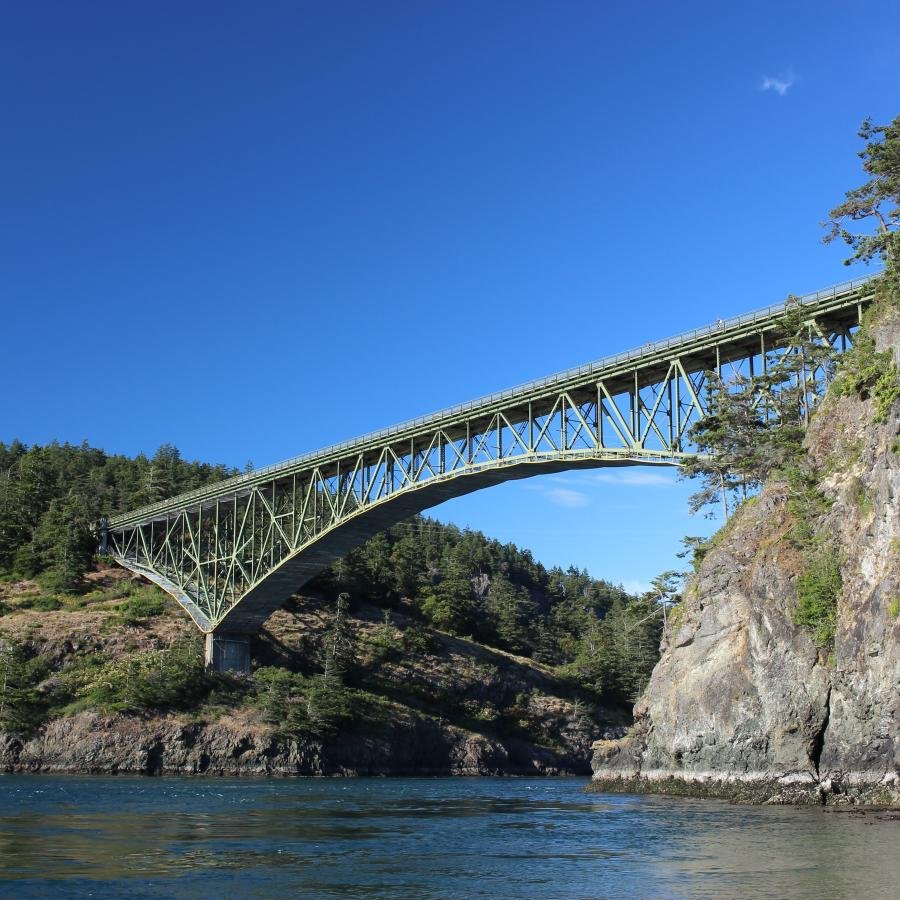
Deception Pass Bridge is the common name for two two-lane bridges on Washington State Route 20 connecting Whidbey Island in Island County, to Fidalgo Island. The bridges were built in 1935 and are now listed on the National Register of Historic Places. They were named after the nearby Deception Pass, a narrow and treacherous channel separating the two islands.
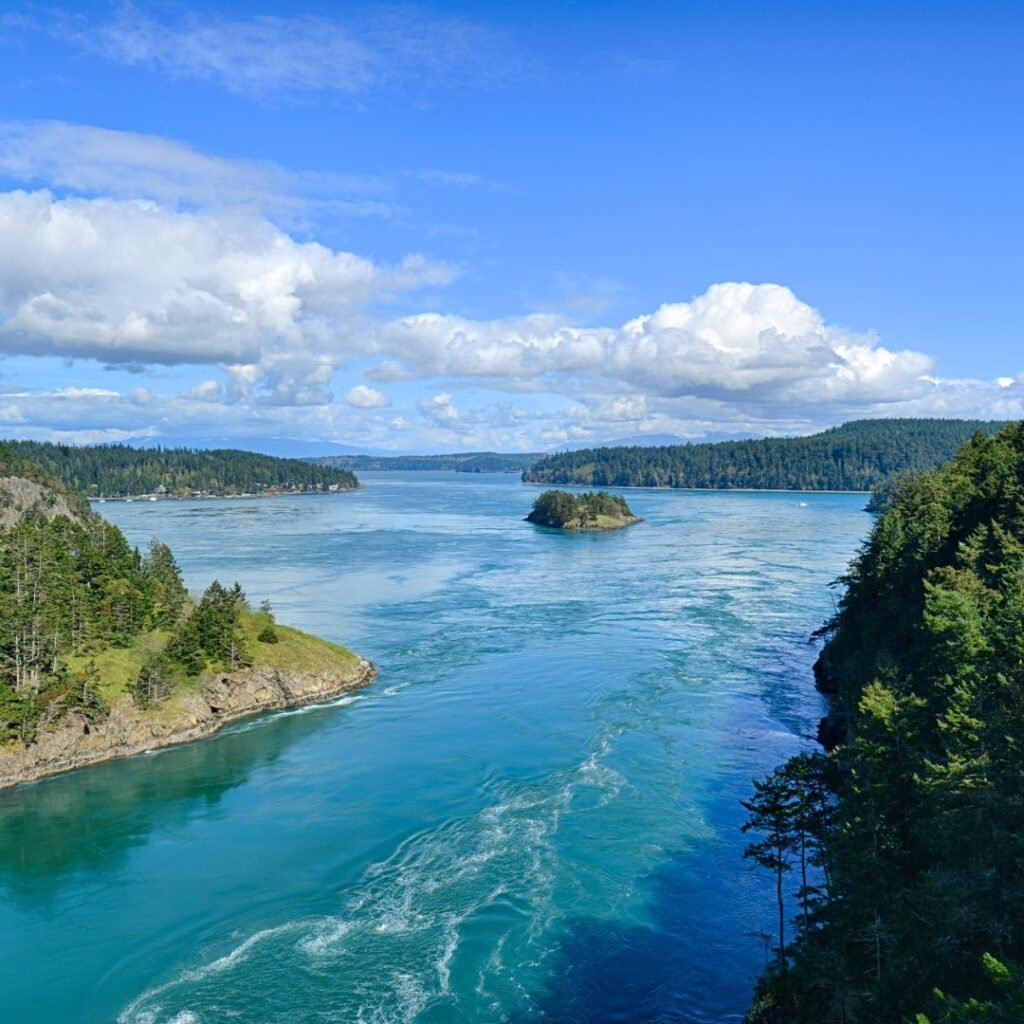
what it is called deception pass?
The construction of the Deception Pass Bridge was a major engineering feat at the time, with workers risking their lives to build it. In fact, three workers lost their lives during its construction due to accidents and harsh weather conditions. Despite these challenges, the bridge was completed and opened to traffic in July 1935.
Today, visitors can marvel at this iconic structure from various viewpoints on both Whidbey Island and Fidalgo Island. It is also a popular spot for outdoor activities such as hiking, fishing, and boating. The
why it is called deception Pass?
The Deception Pass Bridge is named after Deception Pass, a waterway in Washington State that was named in 1792 by Captain George Vancouver and members of his expedition. The explorers thought the pass was the mouth of a river and Whidbey Island was a peninsula but were deceived when Lieutenant Joseph Whidbey sailed around the land to the south and discovered the island. Vancouver named the waterway “Deception Pass” because of this misunderstanding
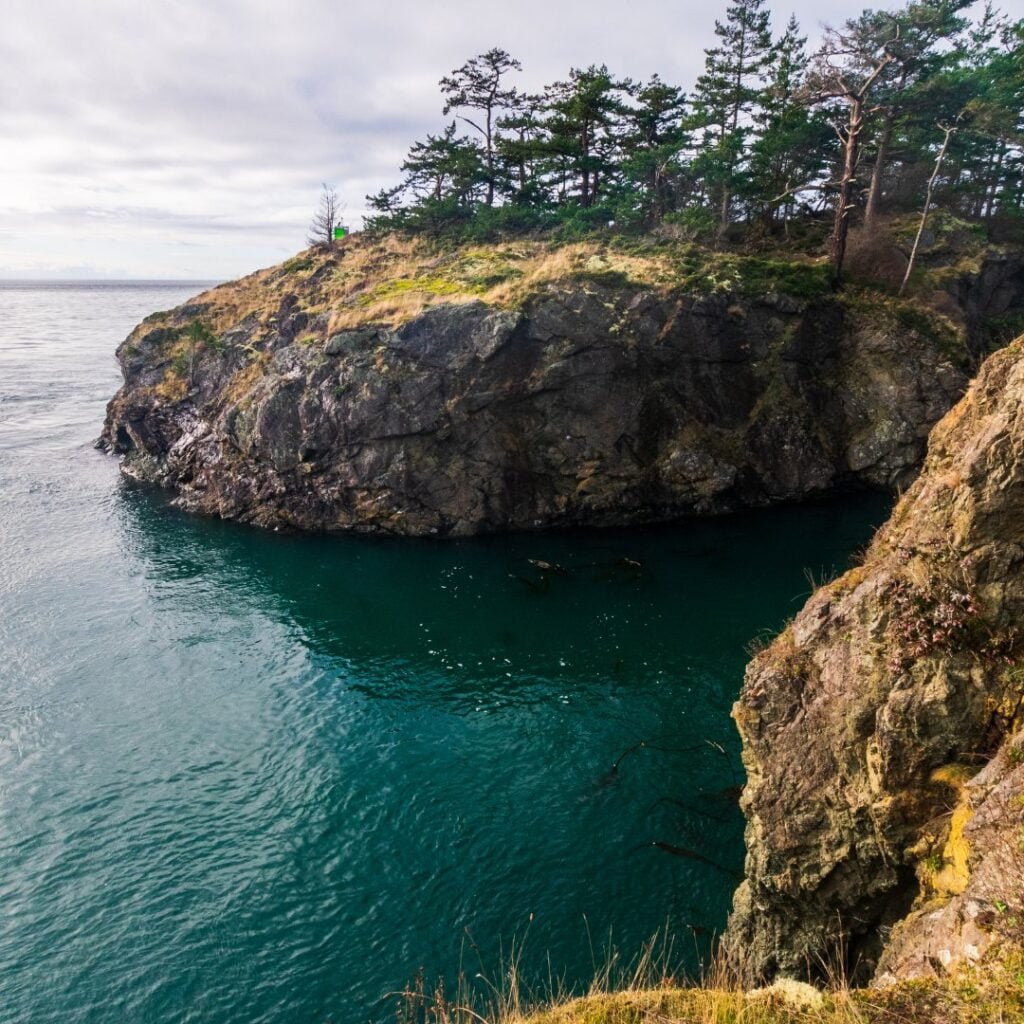
6. Deception Pass State Park, Washington
Deception Pass State Park is perfect for those who want a mix of forest and waterfront camping. Bowman Bay Campground offers easy access to hiking trails, beaches, and the iconic Deception Pass Bridge.
.
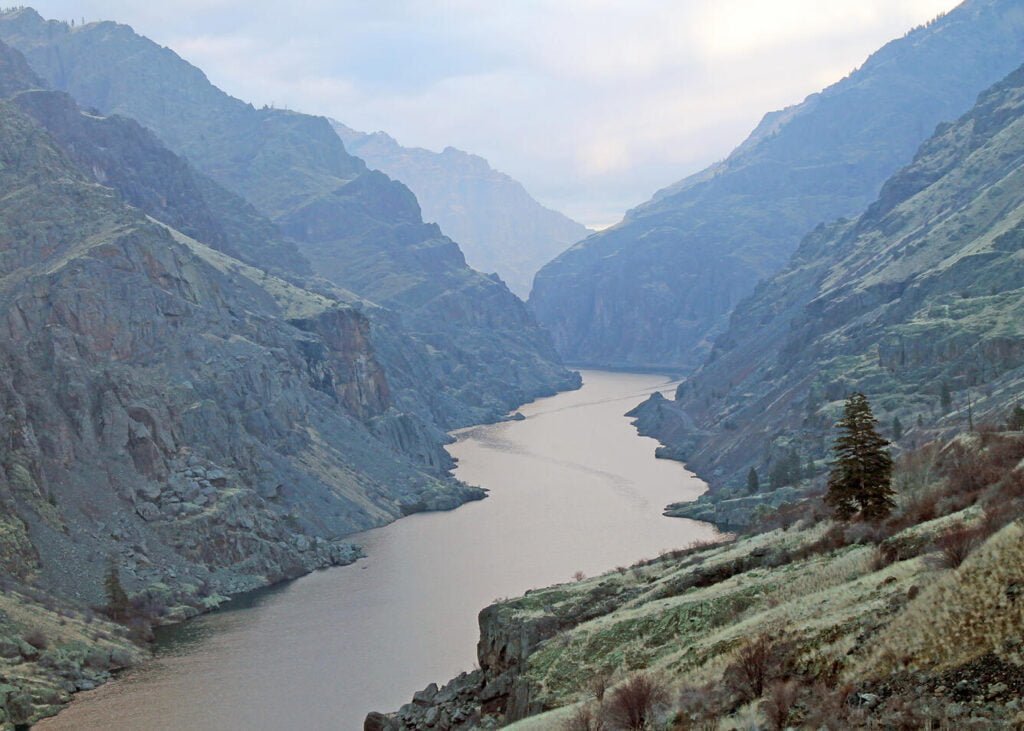
7. Hells Canyon National Recreation Area, Oregon/Idaho
For adventurous campers, Hells Canyon, the deepest river gorge in North America, offers dramatic landscapes and excellent summer weather. The Hells Canyon Campground provides waterfront campsites and opportunities for hiking and fishing.
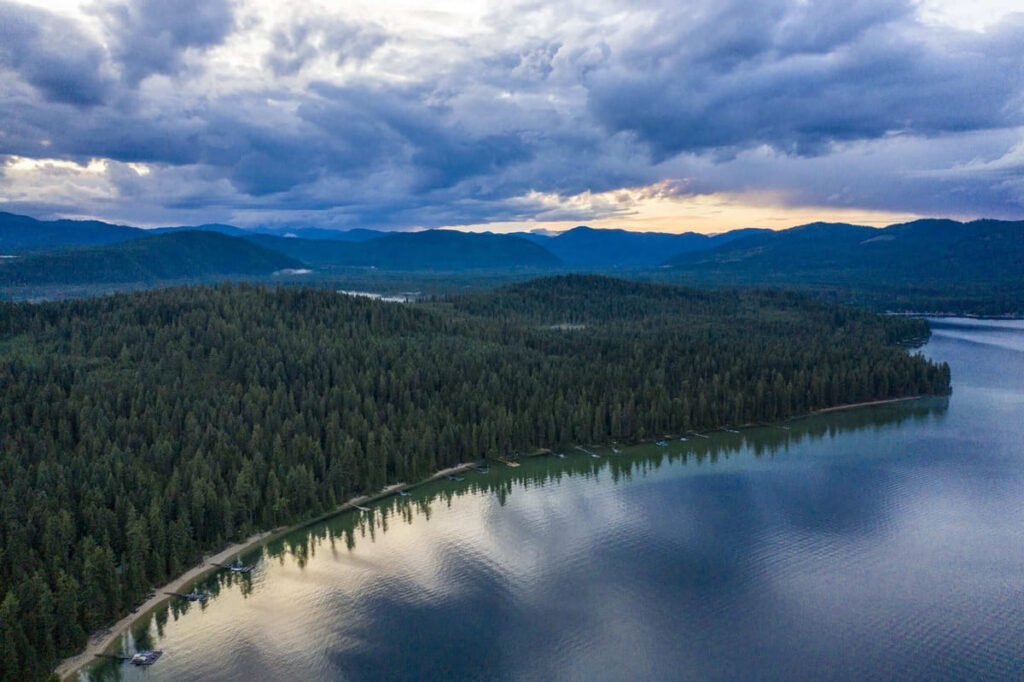
8. Priest Lake State Park, Idaho
Priest Lake State Park is ideal for families and couples looking for a peaceful retreat. The park offers a variety of campsites near the lake, perfect for swimming, boating, and hiking in the surrounding forests.
.

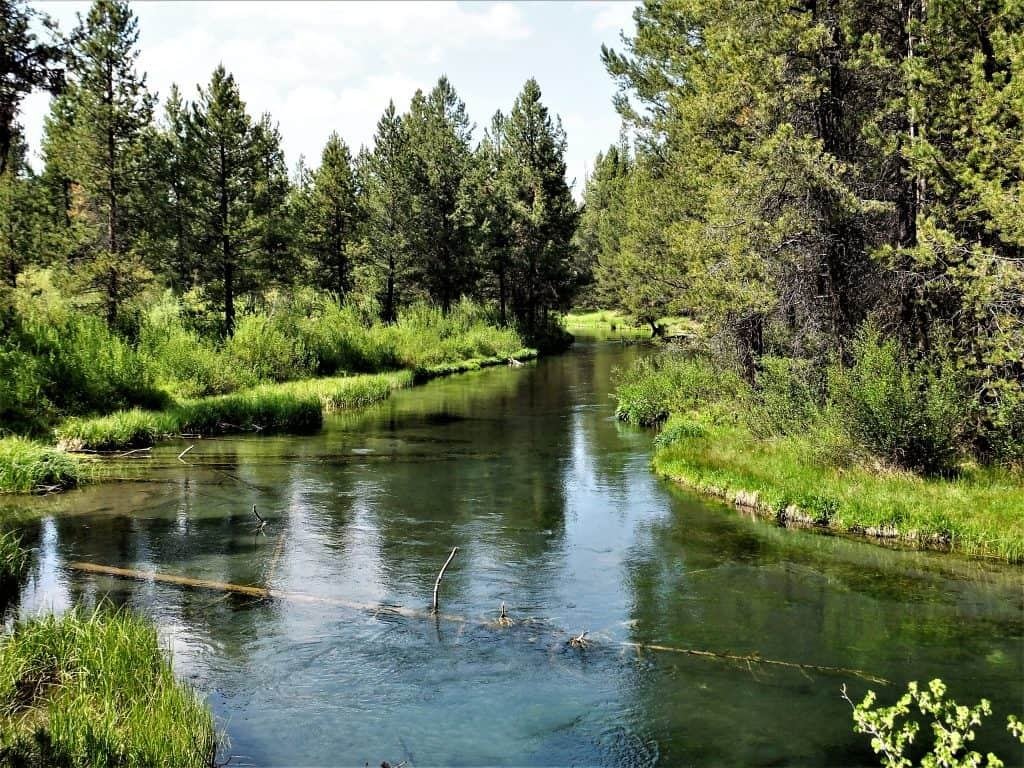
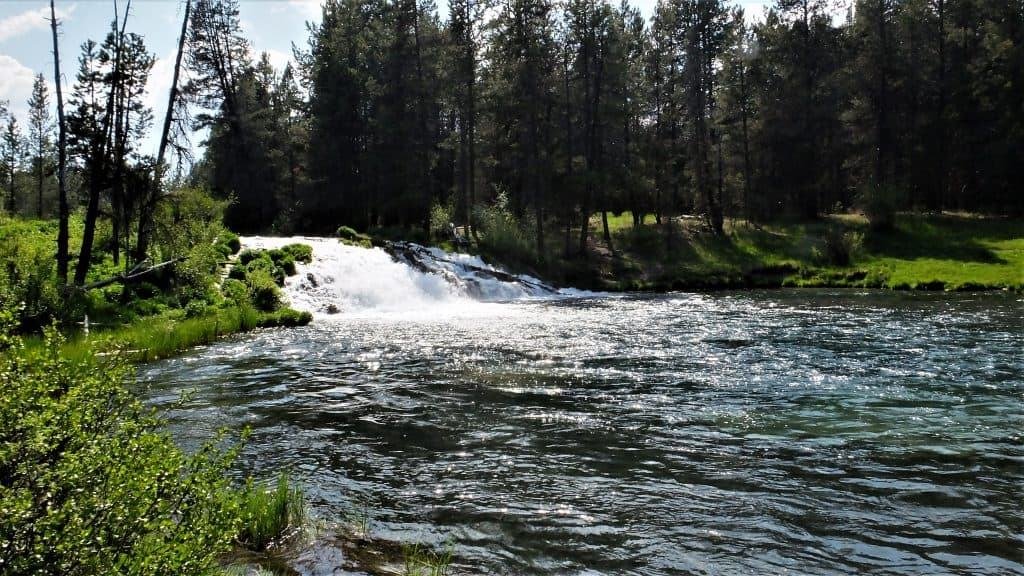
9. LaPine State Park, Oregon
Located along the Deschutes River, LaPine State Park offers beautiful forested campsites and access to the river for kayaking and fishing. It’s a great spot for a relaxing summer getaway.

10. Rogue River-Siskiyou National Forest, Oregon
For those seeking an off-the-beaten-path adventure, Rogue River-Siskiyou National Forest offers secluded campsites and diverse landscapes. The forest is crisscrossed with hiking trails and is close to the Rogue River for all your water-based activities.
Conclusion
Whether you prefer the tranquility of a lakeside camp, the thrill of hiking mountainous trails, or the lush greenery of a forest, the Northwest USA has it all. Ready to pack your bags and head out? Explore these top summer camping destinations and make unforgettable memories in nature. Happy camping!
Keywords included naturally throughout the article for SEO purposes.are natural and should be included to ensure a good reader experience. Additionally, you can also add in personal anecdotes or tips for camping at each destination, making the content more relatable and engaging for readers.
For example, at Crater Lake National Park, you could share your own experience of watching the sunset over the lake from your campsite or recommend bringing warm layers as temperatures can drop significantly at night.
Furthermore, to make the article even more informative, you could include additional sections such as “Things to Do” or “Tips for Camping” specific to each destination. This would provide readers with practical information and help them plan their
For other related topics like camping and essential equipment like tents
